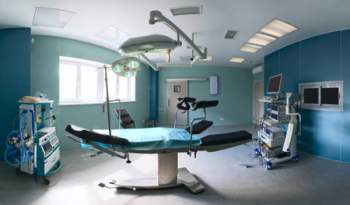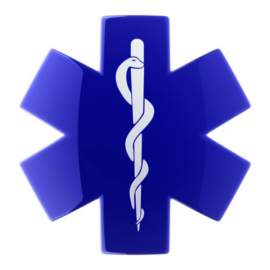
Institutions Liability

Popular In Malpractice
Malpractice Attorney Contributory Negligence Malpractice Law Overview Statute Of Limitations Standard Of Care Medical Malpractice Defense Fraudulent Concealment Of Evidence Punitive Damages Good Samaritan Acts Proving Negligence Express Implied Contracts From A Physician Medical Malpractice Overview
A major area of liability insurance law is the field of Institutions Liability. While it is a commonly held view that medical malpractice insurance pertains only to health care professionals and doctors/nurses who directly treat patients, a significant amount of medical malpractice insurance is held by medical institutions themselves.
Not only do treating doctors at a particular institution need medical malpractice insurance to legally practice medicine, the facility itself must also have a liability insurance policy which assumes the risk of operational liability should a patient be harmed or neglected during treatment.
Liability insurance for institutions comes into affect when a patient treating in a facility is neglected or harmed by a negligent act on behalf of the institution itself. This means that the act of harm must have been caused by a factor in the facility other than the doctor who was treating the patient. If a doctor causes injury to a patient through negligence or intent, he or she is solely responsible and assumes the cost under his or her medical malpractice insurance.
However, in cases where direct fault cannot be attributed to the doctor/patient contact, the treating institution assumes liability, covering the damages under its own liability insurance. It's important to note that liability insurance for institutions is paid for directly by the facility owner or board of trustees/shareholders.
Common causes of institutions liability include negligent facility maintenance. Importantly, one of the leading causes of death in the United States is resultant of a nosocomial infection. Nosocomial infections are infections that are obtained by a patient when they treat in a medical facility. Nosocmial infections may be spread from patient to patient, or from staff to patient. Common points of transfer of nosocomial infections is from shared medical equipment such as beds or examination tables.
Though it is the duty of the hospital to maintain and disinfect common areas such as exam rooms between visits, failure to do so is quite common. If one suffers tangible damages from a nosocomial infection, it may be assumed by the facilities medical malpractice insurance if negligence can be proven through subpoena of surveillance tapes, etc.



















